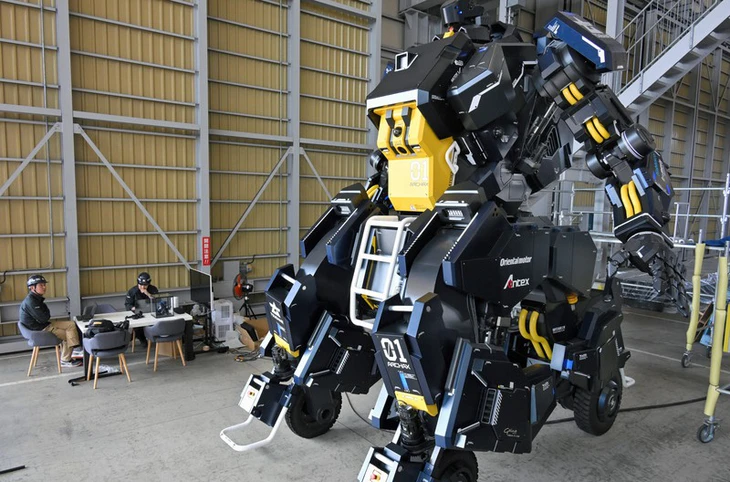
Giant transforming robot made by a Japanese company - Photo: Mainichi/Koichiro Iwashita
Recently, four units in Japan, including Murata Manufacturing Co., Waseda University, Robot Company Tmsuk Co. (headquartered in Kyoto) and Technology Company Sre Holdings Corp. (Tokyo), have announced a cooperation plan to develop humanoid robots for search and rescue operations - part of the effort to restore Japan's pioneering position in the field of robotics.
According to information released at the end of June, this robot will be manufactured entirely from domestic components, including sensors and precision measuring devices. The design is expected to be 3m tall, weigh 300kg, be able to walk at a speed of about 5km/h, and lift objects weighing over 100kg.
Participants said that in the context of an aging population and high frequency of natural disasters, Japan needs to proactively develop rescue robots that can replace humans in dangerous missions.
"We want to create a robot with strength surpassing that of humans, and the ability to move through rubble," said Tmsuk president Yoichi Takamoto at a press conference.
Japan was once a leader in humanoid robots, with a notable milestone being WABOT-1 - the world's first bipedal robot, developed by Waseda University in 1973. Honda Motor Co. then followed up with the ASIMO robot, last released in 2011.
"Japan has a lot of technology to be proud of," said Tomotsugu Oba, director of Murata's mobile robot development division, stressing that the project is "the first step for Japan to return to the global technology stage."
Currently, there is no humanoid robot model in the world specifically designed to replace humans in search and rescue operations. This project aims to complete the robot prototype by the end of 2026, and put it into mass production from March 2029.
Source: https://tuoitre.vn/nhat-ban-phat-trien-robot-cuu-ho-khong-lo-hinh-nguoi-20250720131622852.htm








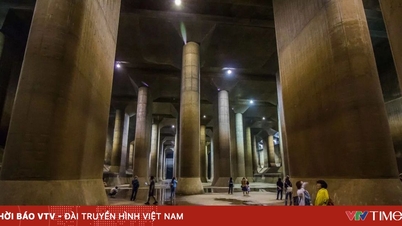

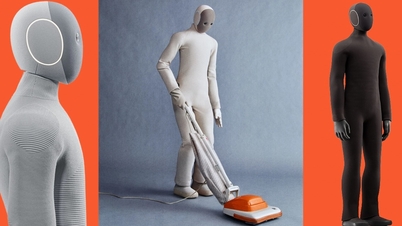

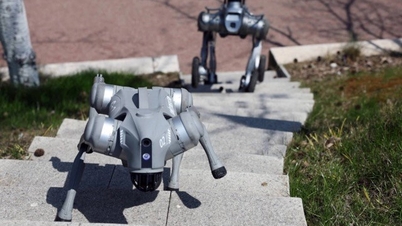











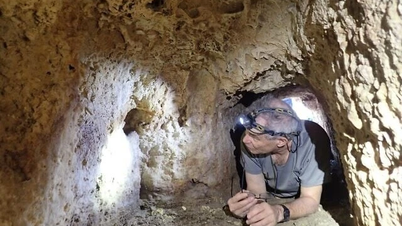

















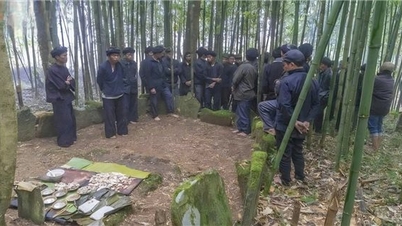















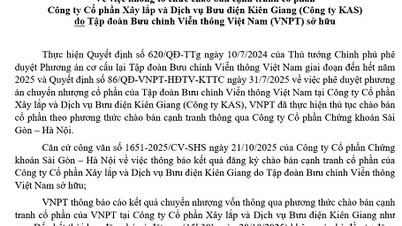

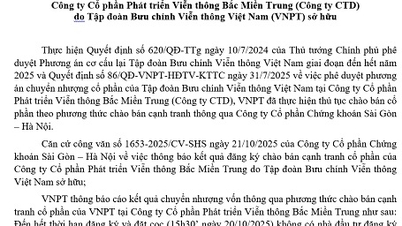
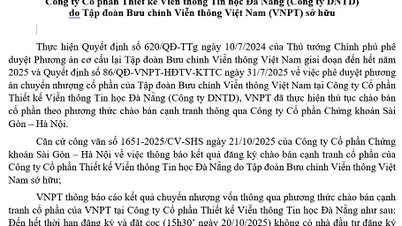
























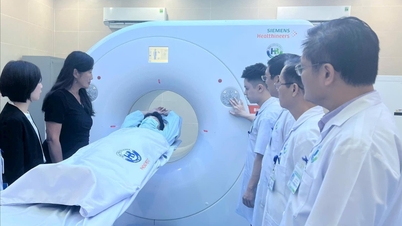




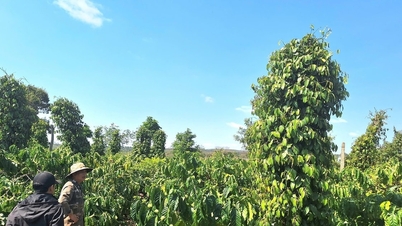


















Comment (0)